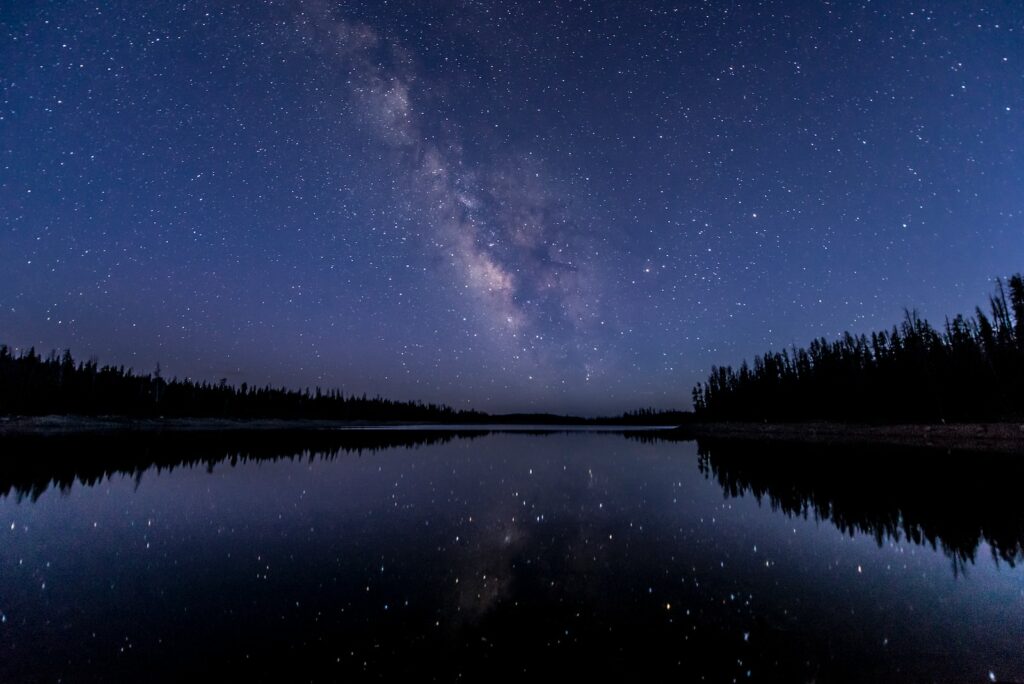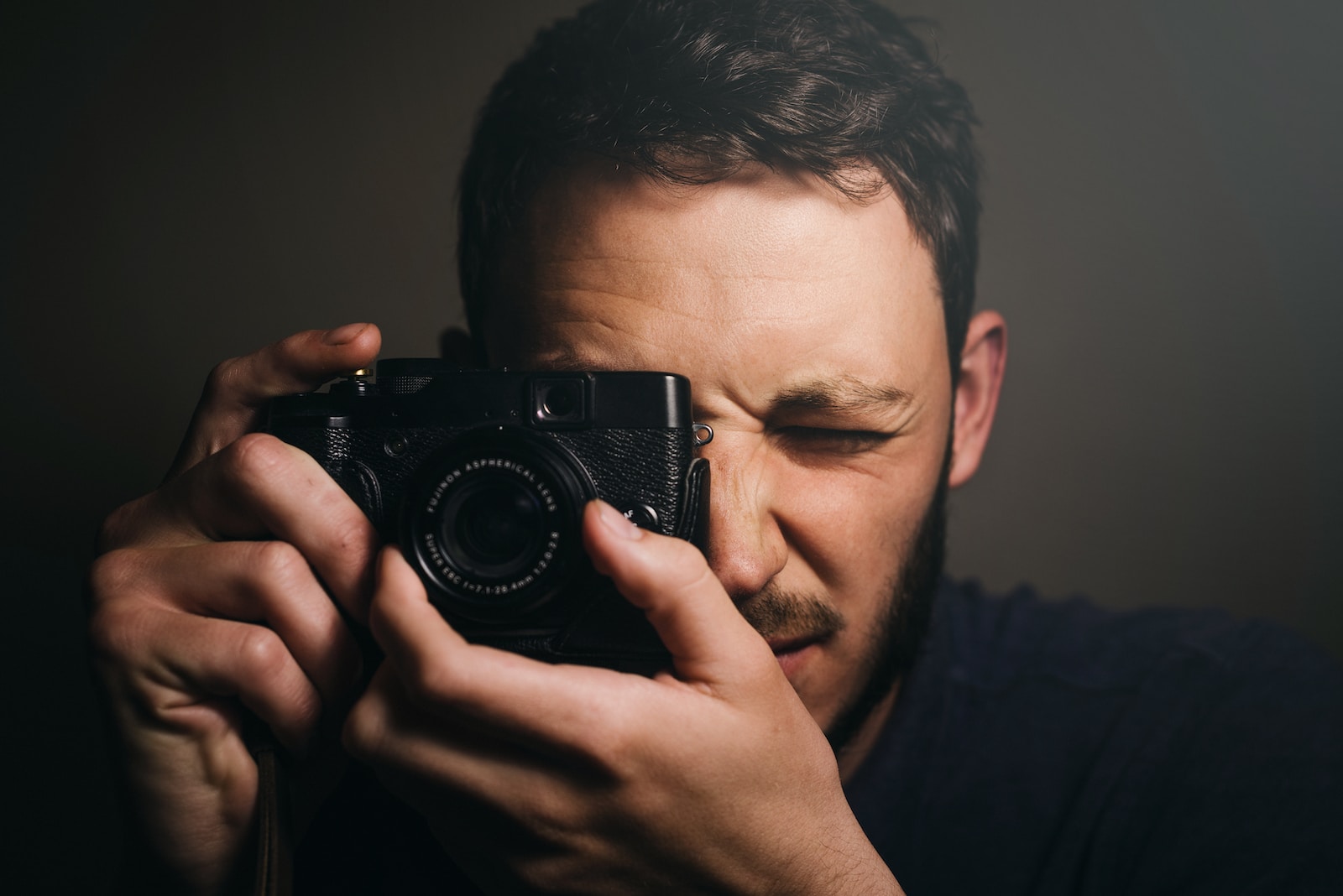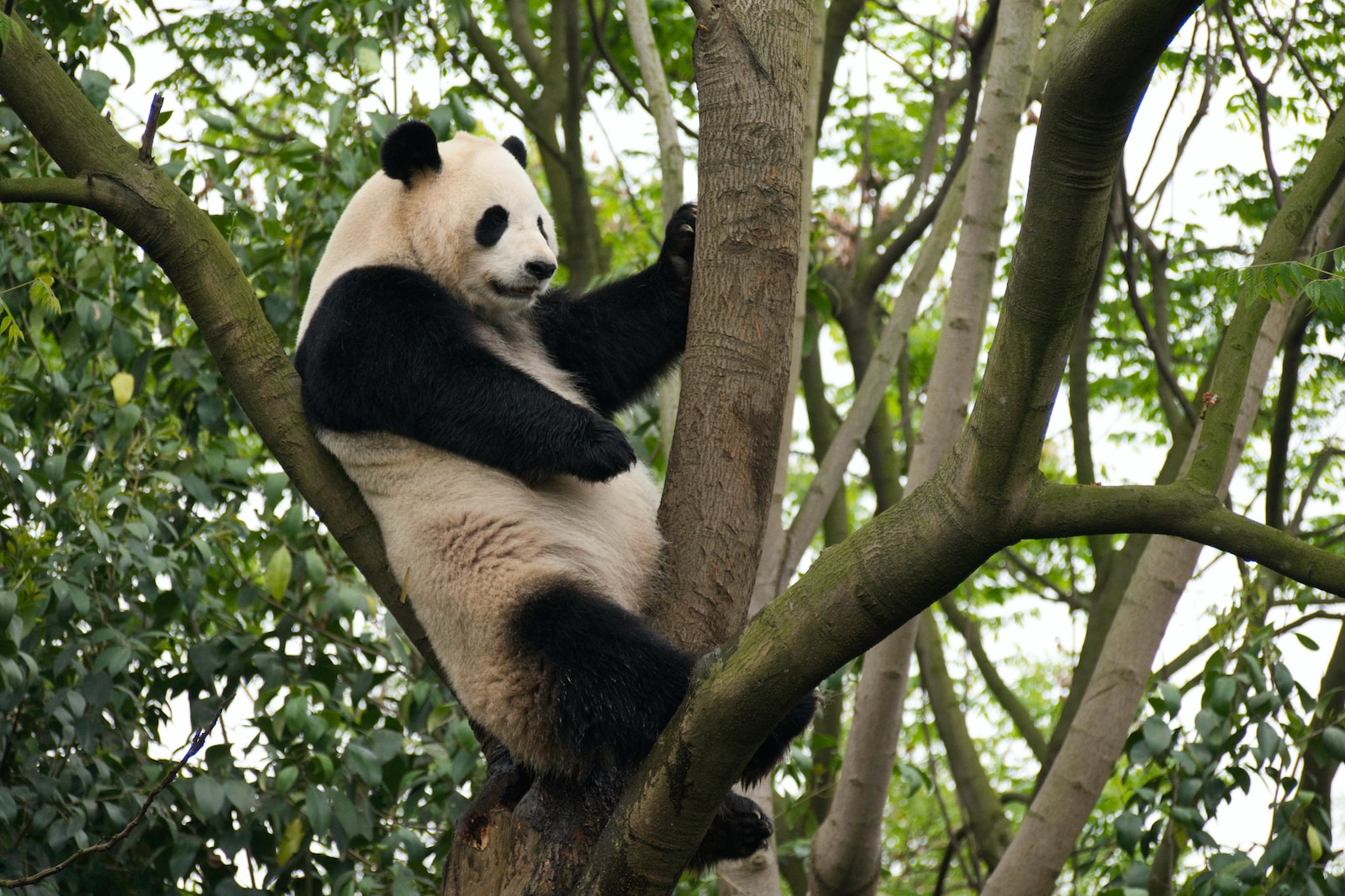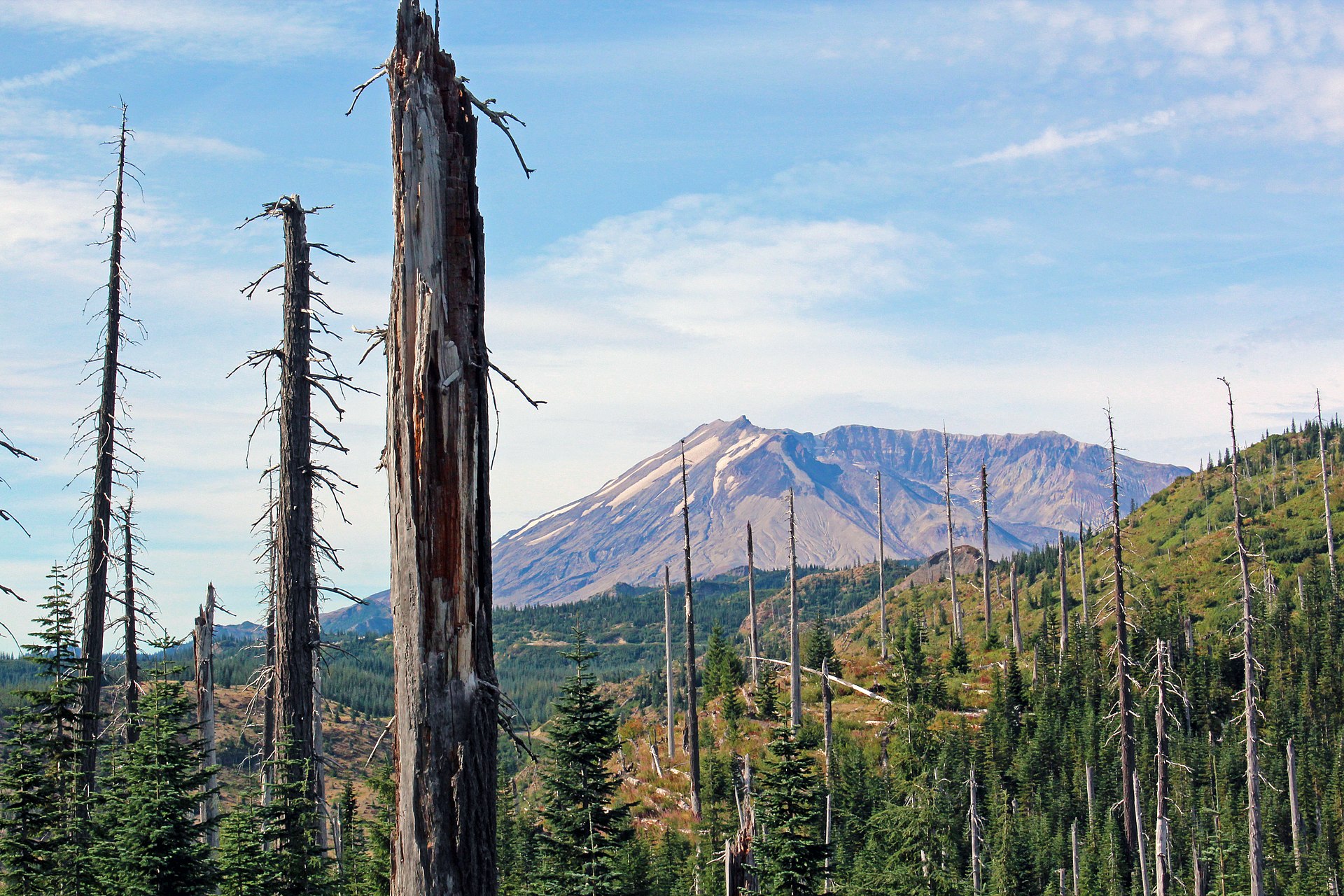Welcome to Picture Perfect: Tips and Tricks to Maximize Your Rangefinder Camera Output. Whether you’re a professional photographer or just a hobbyist, this blog is perfect for you. We’ll be sharing expert tips and tricks to help you get the most out of your rangefinder camera. From composition techniques to advanced settings, we’ll cover it all. So, grab your camera and get ready to take your photography skills to the next level!
Table of Contents
- Mastering Composition: The Key to Stunning Photos
- Advanced Settings: Unleashing the Full Potential
- Perfecting Your Technique: Essential Tips
- Hit the Streets: Capturing Life’s Moments
- A Relevant Case Study: Overcoming Challenges with Rangefinder Cameras
- Frequently Asked Questions
- 1. What are rangefinder cameras?
- 2. How do rangefinder cameras differ from other types of cameras?
- 3. What are some tips for maximizing the output of a rangefinder camera?
- 4. Are there any specific accessories that can enhance the performance of a rangefinder camera?
- 5. Can rangefinder cameras be used for professional photography?
- 6. Where can I find more resources and guides on rangefinder cameras?
- 7. How do I maintain and care for my rangefinder camera?
- Wrap Up
Mastering Composition: The Key to Stunning Photos
1. Rule of Thirds: A Classic Technique
The rule of thirds is a fundamental principle of composition that can instantly enhance the visual impact of your photos. By dividing your frame into nine equal parts (with two horizontal and two vertical lines), you can place points of interest where the lines intersect. This creates a more balanced and visually appealing composition.
2. Leading Lines: Guiding the Viewer’s Eye
Leading lines are a powerful tool to draw the viewer’s attention towards the main subject of your photo. Incorporate natural or man-made lines, such as roads, fences, or even tree branches, to create depth and guide the viewer’s eye towards the focal point of your image.
3. Negative Space: Embracing Simplicity
Learn to embrace negative space, the empty area surrounding your subject. This technique can create a sense of calmness and isolation, allowing your main subject to stand out and capture the viewer’s attention. Experiment with different compositions and find the perfect balance between your subject and its surroundings.
Advanced Settings: Unleashing the Full Potential
1. Manual Focus: Precision in Every Shot
Unlike autofocus cameras, rangefinders allow you to have full control over the focus. Utilize the manual focus feature to ensure precise and sharp results, especially in low-light conditions or when capturing subjects with intricate details.
2. Aperture Priority: Mastering Depth of Field
Take advantage of your rangefinder camera’s aperture priority mode to control the depth of field. By adjusting the aperture, you can selectively blur the background or keep everything in focus. This technique allows you to create captivating portraits or emphasize specific details in your shots.
3. Film Selection: Exploring Different Tones
Rangefinder cameras provide the flexibility of using various types of films. Experiment with different films to achieve unique tones and textures in your photographs. From black and white to vibrant color films, each option adds its own artistic touch to your images.
Did you know that the first commercially available rangefinder camera was introduced in 1916 by Oskar Barnack, the creator of Leica cameras?
Perfecting Your Technique: Essential Tips
1. Prime Lenses: Enhancing Image Quality
Consider using prime lenses for your rangefinder camera. These fixed focal length lenses offer superior image quality and often have wider maximum apertures, allowing for better low-light performance and beautiful background blur.
2. Accurate Metering: Proper Exposure Every Time
Your rangefinder camera’s built-in light meter is a valuable tool for achieving accurate exposure. Familiarize yourself with the different metering modes and learn how to interpret the readings to ensure properly exposed photos in various lighting conditions.
3. Ocular Exercises: Sharpening Your Focus
Rangefinders rely on clear vision through the viewfinder. Incorporate regular ocular exercises to improve your focusing abilities. Simple techniques, like focusing on distant objects and then shifting your focus to something closer, can help keep your eyes sharp and enhance your overall shooting experience.
Hit the Streets: Capturing Life’s Moments
1. Candid Street Photography: Blend into the Crowd
Explore the exciting world of candid street photography using your rangefinder camera. Blend into the crowd, observe interesting interactions, and capture genuine moments. The discreet nature of rangefinders allows you to capture unposed and authentic slices of life.
2. Zone Focusing: Swiftly Capture the Decisive Moment
Practice zone focusing to capture the decisive moment quickly. Pre-focus your lens to a specific distance and set the appropriate aperture to achieve a desired depth of field. This technique enables you to react swiftly to fleeting moments, ensuring you don’t miss a shot.
By applying these tips and tricks, you’ll unlock the full potential of your rangefinder camera and elevate your photography to new heights. Now, go out there and capture stunning images that tell your unique story!

A Relevant Case Study: Overcoming Challenges with Rangefinder Cameras
One of the challenges that photographers often face when using rangefinder cameras is getting the perfect focus, especially in low light conditions. However, with the right tips and techniques, it is possible to maximize the output of your rangefinder camera and achieve picture-perfect results.
Case Study: Capturing Night Sky with Precision
Meet Lisa, an avid photographer who loves capturing the beauty of the night sky. She recently got her hands on a rangefinder camera and was excited to try it out for astrophotography. However, she soon realized that focusing in the dark was quite challenging with the traditional rangefinder system.
Undeterred, Lisa did her research and discovered that there are various ways to overcome this challenge. She learned about the benefits of using a technique called “focus peaking” which helps in achieving precise focus even in low light conditions.
Focus peaking is a feature available in most rangefinder cameras that highlights the areas in focus in a different color or pattern. This allows photographers like Lisa to visually confirm the focus point before capturing the shot. With this knowledge, Lisa was ready to conquer the night sky.
Overcoming the Challenge: Tips and Techniques
So, how can you overcome the challenges of using a rangefinder camera and achieve picture-perfect results? Here are some expert tips and techniques:
- Utilize focus peaking: Take advantage of the focus peaking feature in your rangefinder camera to achieve precise focus, especially in low light conditions.
- Understanding depth of field: Experiment with different aperture settings to control the depth of field and create stunning bokeh effects.
- Use manual focusing: Rangefinder cameras are known for their precise manual focusing capability. Embrace manual focusing and take your time to achieve the desired focus.
- Master rangefinder calibration: Ensure that your rangefinder mechanism is properly calibrated to achieve accurate focus. If needed, consult a professional for calibration.
- Practice makes perfect: Like any other skill, mastering rangefinder cameras requires practice. Take your camera out regularly and experiment with different shooting scenarios to improve your skills.
Remember, each rangefinder camera may have its unique features and settings, so it’s essential to read the user manual and familiarize yourself with your specific camera model.
By employing these tips and techniques, photographers like Lisa can overcome the challenges of using rangefinder cameras and maximize their output. So, grab your rangefinder camera, put these strategies into action, and capture stunning, picture-perfect moments.
Frequently Asked Questions
1. What are rangefinder cameras?
Rangefinder cameras are compact and lightweight cameras that use a system of mirrors and lenses to focus and capture images. They are known for their precision in distance measurement and are favored by many professional photographers.
2. How do rangefinder cameras differ from other types of cameras?
Rangefinder cameras differ from other types of cameras, such as DSLRs or mirrorless cameras, in several ways. Firstly, they have a unique focusing system that allows for accurate distance measurement. Secondly, they typically have a smaller size and quieter operation, making them ideal for street photography or capturing candid moments.
3. What are some tips for maximizing the output of a rangefinder camera?
To get the best out of your rangefinder camera, try these tips:
- Use manual focus: Rangefinder cameras excel in manual focusing, so take advantage of the precise control they offer.
- Master zone focusing: Learn to estimate distances and pre-set your focus to capture fast-moving subjects.
- Experiment with different films: Rangefinder cameras are often used with film, so try out different types to achieve various effects.
- Practice composition: Pay attention to framing and explore different angles to create visually pleasing compositions.
- Shoot in natural light: Rangefinder cameras perform exceptionally well in natural light, so make the most of it.
4. Are there any specific accessories that can enhance the performance of a rangefinder camera?
Yes, there are several accessories that can enhance the performance of your rangefinder camera:
- External viewfinders: These can help you compose shots more accurately, especially for wide-angle lenses.
- Filters: Filters can create various effects or correct colors when shooting with black and white film.
- Hand grip: A hand grip can improve stability and ergonomics while shooting, especially for longer sessions.
- Soft shutter release button: This accessory can help minimize camera shake and achieve smoother shutter releases.
5. Can rangefinder cameras be used for professional photography?
Absolutely! Rangefinder cameras have long been a favorite among professional photographers due to their precision and discreetness. Many famous photographers have produced outstanding work using rangefinder cameras throughout history.
6. Where can I find more resources and guides on rangefinder cameras?
You can find more resources and guides on rangefinder cameras by exploring photography forums, online communities, and photography websites dedicated to sharing tips, tricks, and techniques specific to rangefinder cameras. Additionally, many books and online courses cater to rangefinder photography enthusiasts.
7. How do I maintain and care for my rangefinder camera?
To ensure your rangefinder camera stays in optimal condition, follow these maintenance tips:
- Keep it clean: Regularly clean the lens, viewfinder, and body using appropriate cleaning tools.
- Store it properly: Store your camera in a dry and dust-free environment, preferably in a protective case or bag.
- Check and replace batteries: If your rangefinder camera uses batteries, regularly check and replace them to avoid any power-related issues.
- Have it serviced: Consider getting your camera professionally serviced at regular intervals to ensure all components are functioning correctly.
Wrap Up
Now that you know these tips and tricks, it’s time to put them into action and unlock the true potential of your rangefinder camera. Remember to experiment, try new angles, and get creative with your compositions. Practice makes perfect, so keep shooting and refining your skills.
If you have any questions or additional tips to share, don’t hesitate to leave a comment below. We love hearing from our readers and building a community of photography enthusiasts who can learn from each other. Together, let’s capture stunning pictures with our rangefinder cameras and create unforgettable memories.


